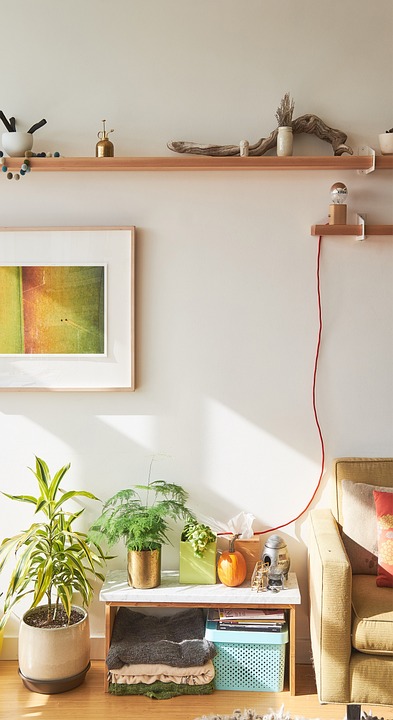Introduction
Indoor plants not only add a touch of greenery to our living spaces but also have a profound impact on our overall wellbeing.
In recent years, scientific research has revealed the numerous benefits of having indoor plants in our homes and workplaces.
This article explores the science behind how indoor plants reduce stress and promote a sense of wellbeing.
The Relationship Between Indoor Plants and Stress Reduction
1. How do indoor plants reduce stress levels?
Studies have shown that indoor plants can significantly reduce psychological and physiological stress.
One reason for this is through their ability to improve air quality.
Plants absorb carbon dioxide and release oxygen through photosynthesis.
Increasing oxygen levels can improve overall air quality and lead to better cognitive functioning and mood.
Another reason for the stress-reducing effects of indoor plants is their ability to dampen ambient noise.
The leaves and stems of plants can absorb, diffract, and reflect sound waves, reducing background noise and creating a more serene environment.
Furthermore, simply being in the presence of plants has been found to evoke feelings of relaxation and calmness, which can have a positive effect on stress levels.
The visual aesthetics of plants and their association with nature may trigger a psychological response that promotes relaxation and reduces anxiety and stress.
The Link between Indoor Plants and Wellbeing
1. How do indoor plants promote overall wellbeing?
Indoor plants have a multitude of effects on our overall wellbeing.
Firstly, they can enhance our mood and increase productivity.
Research has shown that individuals working or living in environments with indoor plants report lower levels of fatigue and higher levels of concentration and productivity.
The presence of plants has also been associated with reduced symptoms of depression and overall improved mood.
Additionally, indoor plants have been found to improve indoor air quality by filtering out common pollutants such as volatile organic compounds (VOCs).
These harmful substances are released by materials like carpets, furniture, and cleaning products.
By absorbing these pollutants, plants contribute to a healthier indoor environment, reducing the risk of respiratory problems and allergies.
Moreover, the act of caring for indoor plants can also have profound effects on our wellbeing.
Engaging in gardening activities can be therapeutic and stress-reducing.
It provides an opportunity for mindfulness, relaxation, and a connection with nature.
Frequently Asked Questions
1. Can any indoor plant reduce stress, or are there specific varieties?
While various indoor plants can contribute to stress reduction, some have been found to be particularly effective.
Plants such as lavender, jasmine, aloe vera, and snake plant have been shown to induce feelings of relaxation and calmness.
2. How many indoor plants should I have in my living space to experience the benefits?
The number of indoor plants needed to experience the benefits varies depending on factors such as the size of the space and personal preferences.
However, research suggests that having at least one plant per 100 square feet can have a noticeable impact on air quality and overall wellbeing.
3. Can indoor plants thrive in low-light conditions?
Yes, there are several indoor plants that can thrive in low-light conditions, such as pothos, peace lilies, and ZZ plants.
These plants have adapted to survive in environments with limited access to sunlight, making them ideal for indoor spaces with less natural light.
4. Do artificial plants offer the same benefits as real plants?
While artificial plants may enhance the aesthetics of a space, they do not offer the same benefits as real plants.
Artificial plants do not contribute to improved air quality or provide the therapeutic effects associated with caring for living plants.
5. Can indoor plants help with sleep quality?
Some indoor plants, such as lavender and jasmine, can promote better sleep quality due to their calming aroma.
These plants have been used for centuries to induce relaxation and improve sleep patterns.




